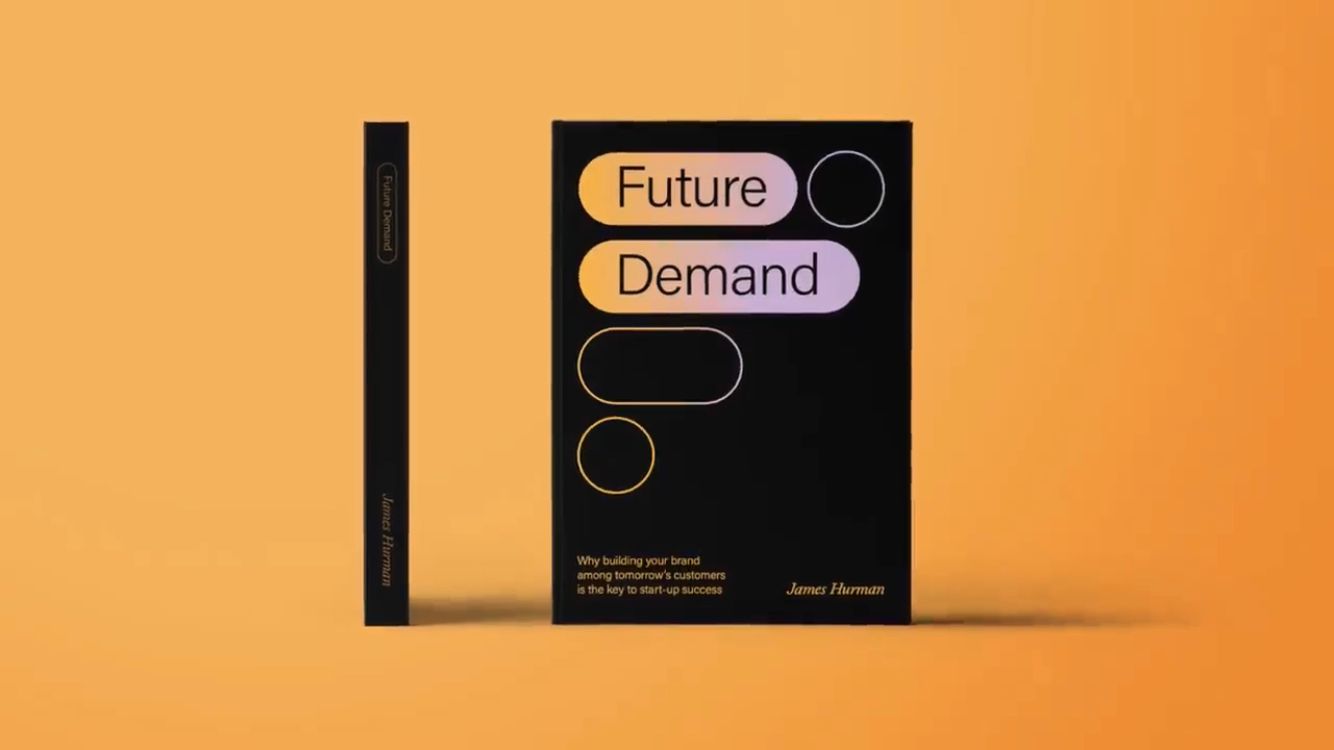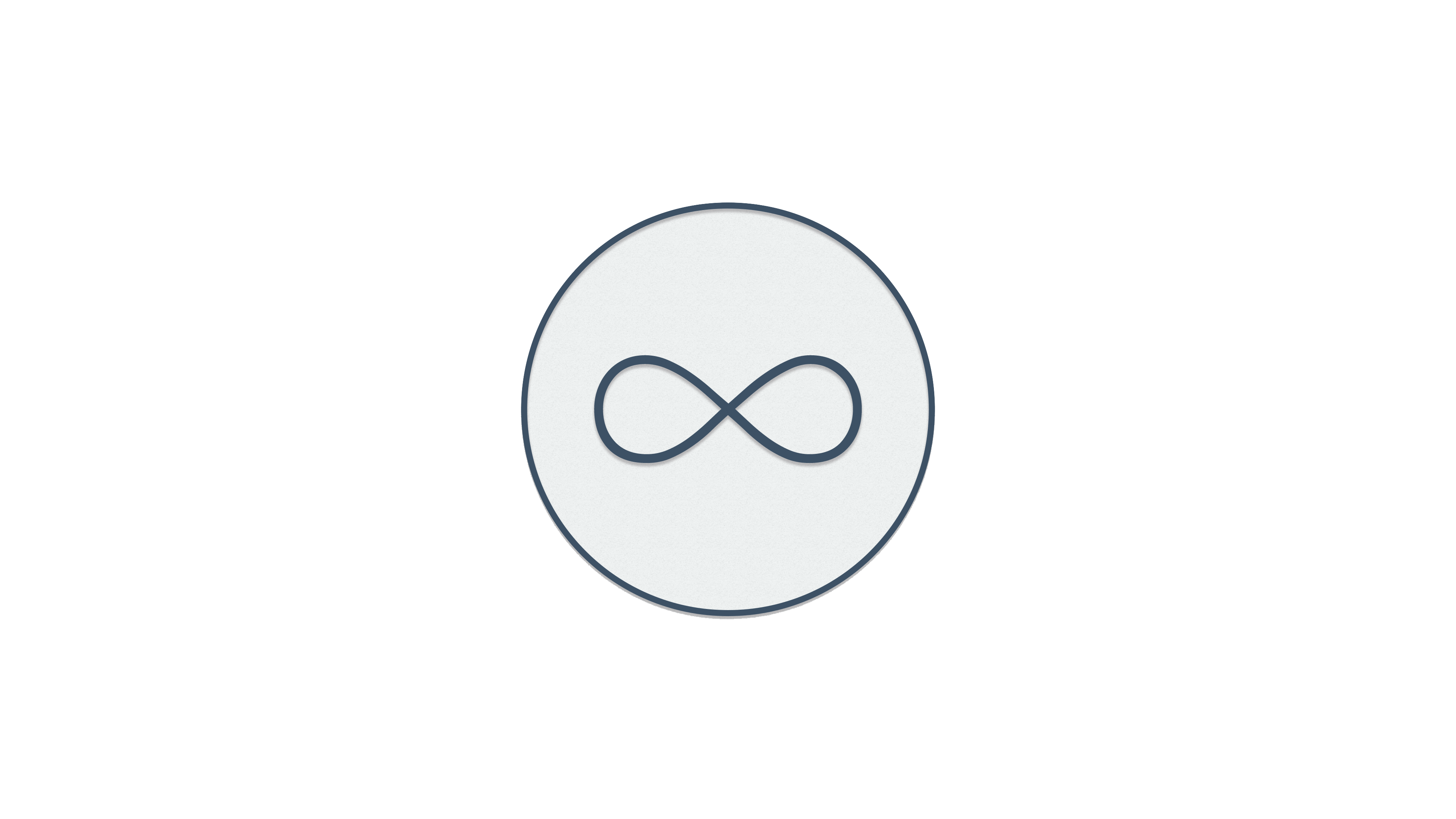Future Demand, Part 5, Brand Design
The most important recent work explaining demand generation.

Boring! How often do you think that when you see advertising, read social media, or engage with a company's brand? In B2B marketing, probably more than 95% of the time. In fact, it is hard to remember any long-lasting, remarkable or distinctive B2B marketing.
Which gets us to Chapter 5 of James Hurman's book, Future Demand, how to design a great brand, and why distinctive design underpins marketing effectiveness.
The chapter opens with an ode to the work of Byron Sharp, Jenni Romaniuk, and the team at Ehrenberg-Bass Institute, starting with Sharp's 2012 book, How Brands Grow. If you're a marketer and haven't read it, you must.
Hurman also shares a classic article written by Ben Schott for Bloomberg, titled Welcome to Your Bland New World. It's behind a paywall, but if you have a Bloomberg subscription I strongly recommend you take a moment to read.
Physical & Mental Availability
Hurman covers a lot of ground in this chapter of Future Demand, and as before I encourage you to buy the book or listen to the free audiobook narrated by James. Links below.
Three of the key principles in Future Demand are immediately relevant to your business, all from How Brands Grow:
- Mental Availability. This is how easily your brand comes to mind in a purchase situation. Sharp argues that since most buyers are not "in market" most of the time, brands need to market (advertise) to the entire addressable market consistently over time. Doing this ensures that when a buyers does "enter the market" that you're brand is the one they think of.
- Physical Availability. This is how easily your brand is found in places or at times when a buyer is looking for their category of product. Sharp found that brands grow as they increase their ‘physical availability.’ In the case of B2C brands, an example is whether Coke or Pepsi is in the gas station refrigerator. But it is equally applicable to B2B and professional services brands, by way of your search ranking and your ability to deliver services locally to the client.
- Distinctive Assets. As discussed in the review of the prior chapter, we learned that to build a great brand we need to establish an emotional connection with the market. One way to do this is to create "distinctive assets." In How Brands Grow, Sharp argues that distinctiveness is more important than differentiation. I disagree to the extent that while distinctive brand assets are critically important (especially to cut through the noise), that it's also critical to differentiate your business through the stories you tell, how you position the business, and the messages you communicate.
Whether my definition of differentiation is basically messaging distinctiveness, the bottom line for marketers is that you need to build mental availability for your product, ensure physical availability, and deliver a distinctive brand. Otherwise you're no better than all the other blands in Ben Schott's article.
Part Five, Takeaway
- There’s a tendency for start-ups to create ‘blands’ rather than true ‘brands’ — by emulating one another so that they end up looking very similar to one another. In fact, the most effective brands are highly distinctive — they depart from conventions in intentional and strategic ways, and therefore stand out and become easier to remember and buy.
- In fact, the most effective brands are highly distinctive — they depart from conventions in intentional and strategic ways, and therefore stand out and become easier to remember and buy.
- Brands with ‘distinctive assets’ (features of their identity that are unique and recognizable) are more successful in market — and an important part of brand building is developing, and then consistently using, these distinctive assets.
- Choosing distinctive design can be challenging, as we have a cognitive bias toward the familiar. Our ‘reptilian brain’ subconsciously wards us away from novel, distinctive designs and ideas — to our detriment. But we can train ourselves to be aware of this bias to choose more distinctive and effective brand design.
Part Five, Listen
James generously released the audiobook as a podcast, available on most popular streaming platforms.
Purchase Future Demand
No affiliate links, straight from the source: direct from James; Kindle.
